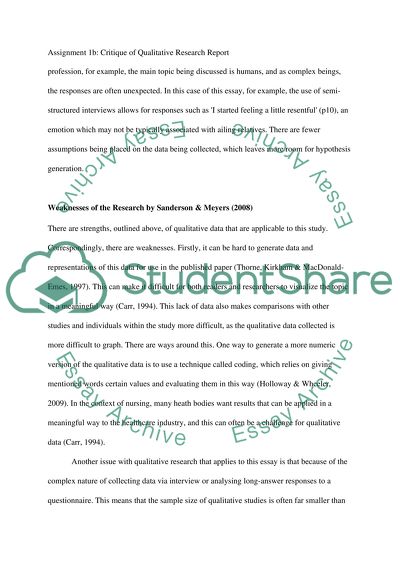Cite this document
(“Caretakers' Emotional Responses to Providing Care to Elderly Loved Essay”, n.d.)
Retrieved de https://studentshare.org/nursing/1391254-caretakers-emotional-responses-to-providing-care-to-elderly-loved-ones-in-assisted-living-facilities
Retrieved de https://studentshare.org/nursing/1391254-caretakers-emotional-responses-to-providing-care-to-elderly-loved-ones-in-assisted-living-facilities
(Caretakers' Emotional Responses to Providing Care to Elderly Loved Essay)
https://studentshare.org/nursing/1391254-caretakers-emotional-responses-to-providing-care-to-elderly-loved-ones-in-assisted-living-facilities.
https://studentshare.org/nursing/1391254-caretakers-emotional-responses-to-providing-care-to-elderly-loved-ones-in-assisted-living-facilities.
“Caretakers' Emotional Responses to Providing Care to Elderly Loved Essay”, n.d. https://studentshare.org/nursing/1391254-caretakers-emotional-responses-to-providing-care-to-elderly-loved-ones-in-assisted-living-facilities.


